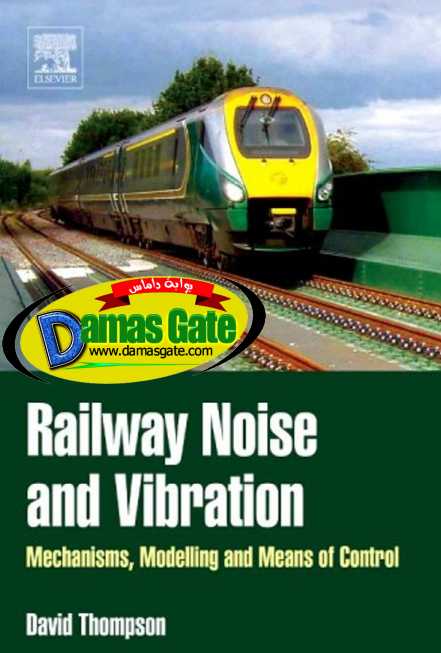Railway Noise and Vibration - Mechanisms, Modeling and Means of Control

Preface
When our children were young we took them to the railway station to see off some
visitors. They were excited at the prospect of seeing the trains. But, while we were
waiting, an express train thundered through the station and it was all too much for
their sensitive ears. ‘We don’t like trains now’ they sobbed. ‘Don’t worry’, I said, ‘it’s
my job to make trains quieter’ and that seemed to reassure them. But then they
wanted to know: ‘How do you make trains quieter?’ Well, perhaps this book gives the
answer; it is in any case the result of over 25 years of trying to ‘make trains quieter’.
On graduating in 1980 I was privileged to join British Rail Research. After
a ‘training period’ working on various projects it was suggested to me by Alistair
Gilchrist, then Head of Civil Engineering Research that I should join the Acoustics
Unit. I have to confess that until then I didn’t really know what acoustics was!
I was to work on rolling noise; Alistair suggested that I should be able to solve the
rolling noise problem in six months or a year and then could get on with the ‘really
interesting topic’ of ground vibration. It wasn’t until nearly 20 years later that this
could be fulfilled, although even now rolling noise is not completely ‘solved’.
While at BR I was fortunate to be able to register as an external student at the
Institute of Sound and Vibration Research (ISVR) at the University of Southampton
where I studied for a PhD on the topic of rolling noise modelling. When this was
completed in 1990 I joined the Low Noise Design group at TNO in Delft where I
continued to work mainly on railway noise problems. Then in 1996 I moved ‘back’
to ISVR as a lecturer and latterly as professor. The challenge of teaching courses at
Masters level on topics such as noise control and structural vibration has helped to
put the things I was already doing in railway noise into a more structured academic
context. Railway noise spans a wide range of disciplines within acoustics and vibration,
such as multiple degree of freedom systems, analytical modelling of beam
and plate vibration, finite element and boundary element analysis, signal processing,
modal analysis, vibroacoustics and aeroacoustics.
Download
http://s18.alxa.net/s18/srvs2/02/001...of.Control.rar